Hummingbirds Of Costa Rica: A Comprehensive Guide
Costa Rica, a small Central American country, is renowned for its remarkable biodiversity and rich avian life. Among its most enchanting residents are the hummingbirds, a family of birds known for their iridescent plumage, rapid wing beats, and unique hovering ability.
These tiny, vibrant birds have captivated the hearts of birdwatchers and nature enthusiasts worldwide. With over 50 species of hummingbirds recorded, Costa Rica offers a unique opportunity to explore and appreciate these extraordinary creatures.
This comprehensive guide dives deeper into the fascinating world of the hummingbirds of Costa Rica, covering their characteristics, habitats, feeding behaviours, and the best places to observe them.
The Unique Characteristics Of Hummingbirds
Hummingbirds, belonging to the family Trochilidae, are some of the smallest birds in the world. They exhibit several unique characteristics that distinguish them from other avian species.
Hummingbirds range from 2 to 5 inches long and weigh between 2 and 20 grams. The smallest hummingbird in Costa Rica is the Scintillant Hummingbird, while the largest is the Violet Sabrewing.
These birds are known for their brilliant, iridescent feathers. The colours can change based on the angle of light, creating a dazzling display that is both a defence mechanism and a means of attracting mates.
Hummingbirds have high-speed wing beats, ranging from 50 to 80 beats per second. This allows them to hover in place, fly backward, and make swift maneuvers essential for feeding and evading predators.
Additionally, they have an exceptionally high metabolism, necessitating frequent feeding. A hummingbird's heart may beat up to 1,260 times per minute, especially during flight.
Also, Hummingbirds have long, slender beaks and extendable tongues adapted for feeding on nectar. Their tongues can extend well beyond the beak and are fringed to help lap up nectar efficiently.
Habitats Of Costa Rican Hummingbirds
Costa Rica's diverse ecosystems, ranging from lowland rainforests to high-altitude cloud forests, provide ideal habitats for hummingbirds.
Here are some of the primary habitats of the hummingbird in Costa Rica:
1. Lowland Rainforests
Found in areas such as Tortuguero and the Osa Peninsula, these rainforests are teeming with flowering plants that attract hummingbirds like the Long-billed Hermit and the Rufous-tailed Hummingbird. The dense vegetation offers abundant nectar sources and shelter.
2. Cloud Forests
High-altitude cloud forests, such as those in Monteverde and Braulio Carrillo National Park, provide a misty, excellent environment home to species like the Purple-throated Mountain gem and the Green-crowned Brilliant. The diverse flora supports their nectar-feeding needs.
3. Dry Forests
The Guanacaste region's dry forests, characterized by a less dense canopy, still support hummingbirds like the Cinnamon Hummingbird and the Plain-capped Starthroat. These forests have seasonal blooms and sparse but vital nectar sources.
4. Paramo
The high-altitude paramo ecosystems above 10,000 feet, such as those on Cerro de la Muerte, provide a unique, sparse environment where species like the Volcano Hummingbird and the Fiery-throated Hummingbird thrive. The cold, rugged terrain hosts specialized flora.
5. Urban Gardens And Feeders
Many hummingbirds adapt well to urban and suburban environments, frequenting gardens with flowering plants and feeders.
Species such as the Rufous-tailed Hummingbird are commonly seen in these areas, benefiting from human-provided nectar sources.
Sustainable Business Ideas For Nature Lovers
🌿 Whether you love gardening, caring for animals, or exploring eco-friendly living,
you can turn your nature-inspired interests into meaningful online income.
Discover simple, sustainable business ideas that let you share your love for nature while supporting a greener lifestyle. 👇
Feeding Behaviour And Diet Of Hummingbirds
The primary food source for hummingbirds is the nectar found in flowers, which provides the necessary energy for their high metabolism.
They have a few exciting adaptations and behaviours related to feeding. Let’s explore the feeding behaviour of the hummingbird of Costa Rica.
1. Nectar Feeding
Hummingbirds prefer tubular flowers, which they access with their long, specialized beaks and extendable tongues.
Their tongues are fringed, allowing them to lap up nectar efficiently. As they feed, they inadvertently transfer pollen from one flower to another, which is crucial in plant pollination.
Their preference for brightly coloured flowers, especially reds and pinks, helps them locate these nectar sources quickly.
2. Insect Consumption
While nectar is their primary energy source, hummingbirds also need protein, which they obtain by consuming small insects and spiders.
These agile birds catch insects mid-air in a behaviour known as “hawking” or glean them from plant foliage. This diet of insects and spiders is essential for their overall nutrition, especially during the breeding season when protein needs are higher.
3. Feeding Territories Of Hummingbirds
Many hummingbirds are fiercely territorial, particularly males. They aggressively defend their feeding territories from other hummingbirds, insects, and sometimes even larger animals.
Territorial displays include rapid chases, vocalizations, and aerial acrobatics. By maintaining exclusive access to prime nectar sources, they ensure a steady food supply for themselves, their mates, and their offspring during the breeding season.
4. Feeding Frequency
Due to their exceptionally high metabolic rates, hummingbirds must eat frequently, consuming up to half their body weight in nectar daily.
Their metabolic demands are among the highest of any bird species, necessitating almost continuous feeding throughout the day.
They visit hundreds of flowers daily, engaging in a near-constant search for nectar. Additionally, hummingbirds often frequent artificial feeders, which provide a reliable food source, especially in areas where natural nectar sources are scarce or during migration periods.
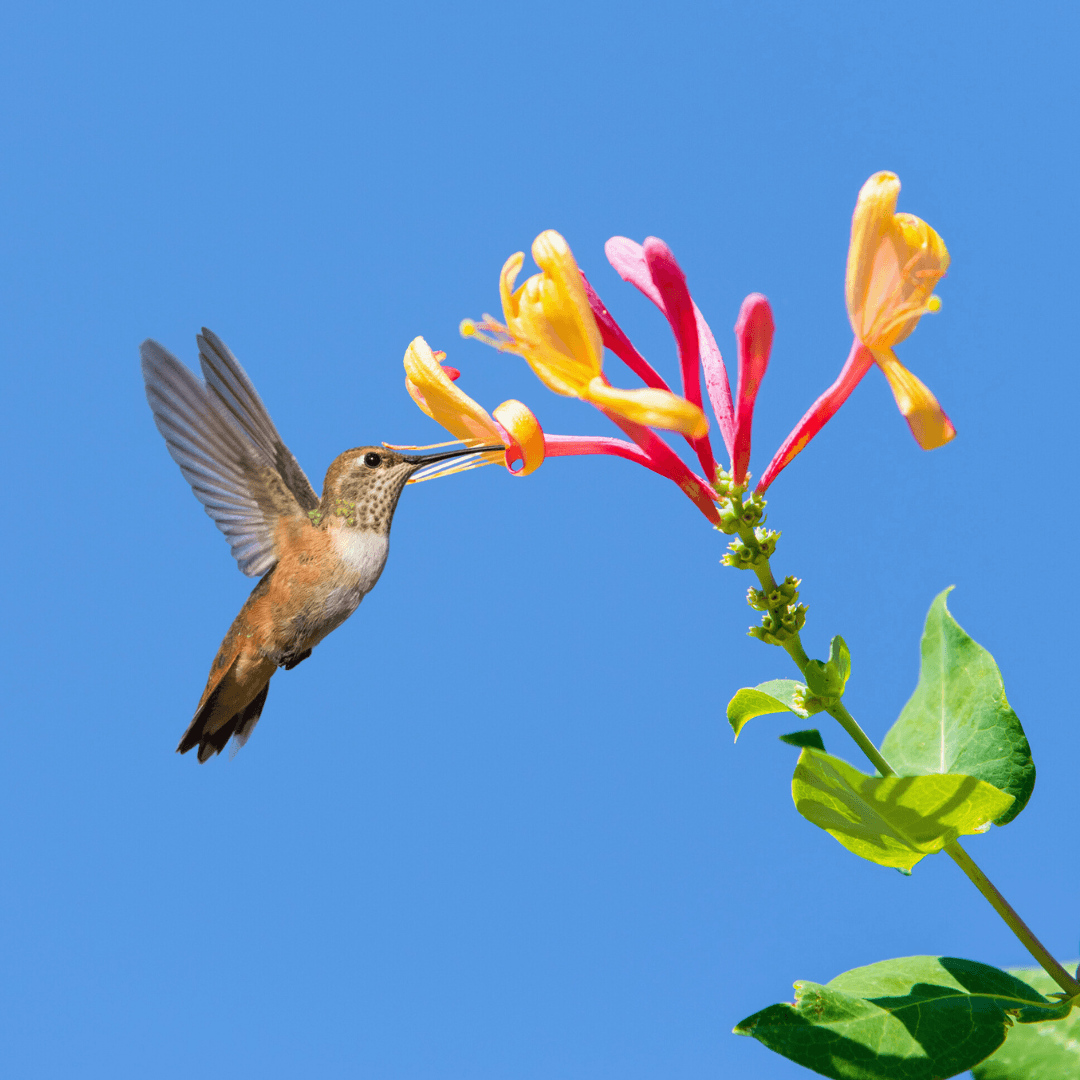
Breeding And Nesting Of Costa Rican Hummingbirds
Hummingbird of Costa Rica exhibits unique and intricate breeding and nesting behaviours, ensuring the survival and growth of their offspring:
1. Courtship Displays
Male hummingbirds use elaborate courtship displays to attract females. These displays include rapid, swooping dives, hovering maneuvers, and showcasing their iridescent plumage.
The vibrant colours and energetic performances demonstrate their fitness and desirability as mates, playing a crucial role in the selection process.
2. Nesting
Female hummingbirds are solely responsible for building nests and raising the young. They construct tiny, cup-shaped nests using a combination of plant fibres, spider silk, and lichen.
These materials create a robust and flexible structure, often placed on tree branches or other sheltered locations to protect the eggs and chicks.
3. Eggs And Incubation
Hummingbirds typically lay two small, white eggs. The female incubates the eggs for 14-23 days, depending on the species.
The chicks hatch in an altricial state, meaning they are born blind, featherless, and highly dependent on the mother for warmth and feeding during the initial stages of life.
4. Fledging
Young hummingbirds remain in the nest for 18-30 days after hatching. The mother feeds them and teaches them essential survival skills during this period.
Once they fledge, the young birds continue to rely on their mother for several weeks, learning to forage and fly independently before entirely leaving the nest.
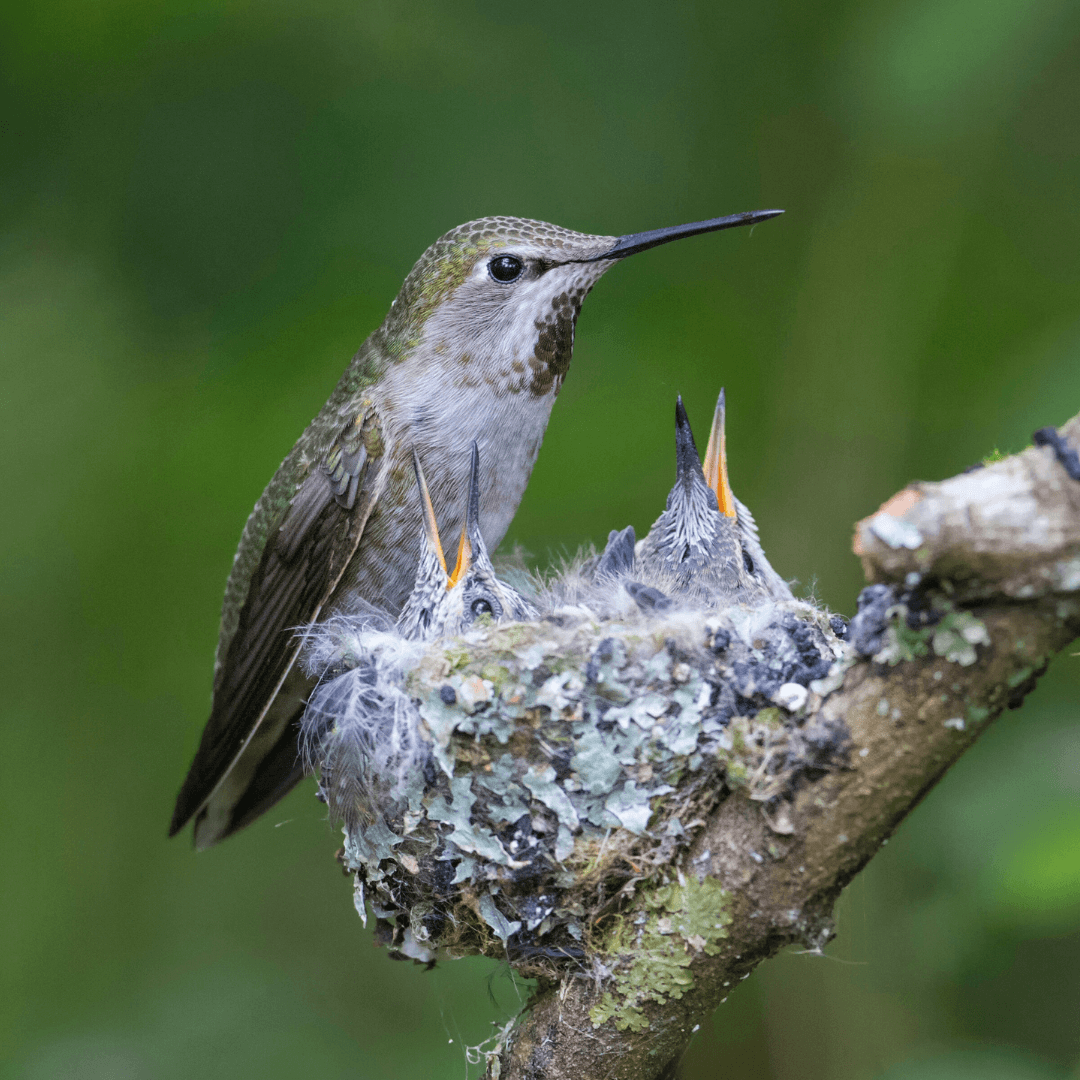
Conservation And Threats Of Costa Rican Hummingbirds
While hummingbirds are generally resilient, they face several significant threats that can impact the survival and well-being of the hummingbirds of Costa Rica:
1. Habitat Loss
Deforestation and habitat fragmentation are critical threats to hummingbirds, especially in tropical regions where many species reside.
The destruction of forests for agriculture, urban development, and logging reduces the availability of nesting sites and food sources, disrupting their life cycles.
2. Climate Change
Climate change severely threatens hummingbirds by altering weather patterns and the availability of flowering plants. Temperature change and precipitation can affect the timing of plant blooms, leading to mismatches between food availability and hummingbird migration or breeding periods, which can impact their survival.
3. Pesticides
The widespread use of pesticides in agriculture and landscaping can drastically reduce the availability of insects and nectar sources for hummingbirds.
Pesticides can also poison hummingbirds directly or indirectly through contaminated food sources, negatively affecting their health and reproductive success.
4. Predation
Hummingbirds are preyed upon by larger birds, snakes, and small mammals. Their small size and vibrant colours make them easy targets.
Nest predation is a particular concern, as eggs and chicks are vulnerable to various predators, leading to high mortality rates in some populations.

Best Places To See Hummingbirds In Costa Rica
Costa Rica is a birdwatcher's paradise, offering numerous locations to observe the hummingbirds of Costa Rica in their natural habitats:
1. Monteverde Cloud Forest Reserve
Home to a variety of hummingbird species, Monteverde Cloud Forest Reserve is well known for its biodiversity and conservation efforts.
Visitors can explore numerous trails through misty forests, where they can spot species like the Purple-throated mountain gem and the Green-crowned Brilliant.
The reserve also features a hummingbird gallery with feeders that attract many birds, providing close-up viewing and excellent photo opportunities.

2. La Paz Waterfall Gardens
This privately owned reserve near San José offers a unique opportunity to see hummingbirds up close.
The gardens are designed to attract numerous species, and the strategically placed feeders ensure a steady stream of visitors, including species like the Violet Sabrewing and the Rufous-tailed Hummingbird.
The beautiful backdrop of waterfalls and lush gardens adds to the charm of this location, making it a must-visit for bird enthusiasts.
3. Savegre Hotel, Natural Reserve & Spa
Located in the Talamanca Mountains, Savegre Hotel offers access to pristine highland habitats ideal for spotting hummingbirds.
The area is known for species like the Green-fronted Lancebill and the tiny Volcano Hummingbird. Additionally, the Resplendent Quetzal, a sought-after sighting for birdwatchers, can often be seen here.
The hotel's well-maintained trails and knowledgeable guides enhance the birdwatching experience.
4. Cerro de la Muerte
This high-altitude location is perfect for observing paramo species of hummingbirds. Cerro de la Muerte, translating to “Mountain of Death,” is famous for its rugged beauty and unique flora and fauna.
Species such as the Fiery-throated Hummingbird and the Volcano Hummingbird are commonly seen here. The harsh environment and stunning landscapes make birdwatching at this location a memorable experience.

5. Osa Peninsula
Hummingbirds are among the many bird species found on the Osa Peninsula, which is well-known for its amazing biodiversity.
Corcovado National Park and the surrounding areas host a variety of species, such as the Long-billed Hermit and the Blue-throated Goldentail.
The dense rainforests and coastal ecosystems provide a rich array of habitats, ensuring an exciting and rewarding birdwatching adventure.
Notable Hummingbird Species In Costa Rica
Here are some of the most notable hummingbird species found in Costa Rica:
1. Rufous-tailed Hummingbird (Amazilia tacitly)
The Rufous-tailed Hummingbird is one of the most widespread species of the hummingbird of Costa Rica. Males and females have brilliant green bodies and distinctive rufous (reddish-brown) tails.
These highly adaptable birds are found in various habitats, from lowland rainforests to urban gardens. They are aggressive feeders, often seen chasing other hummingbirds away from their feeding territories.

2. Violet-crowned Woodnymph (Thalurania colombica)
This medium-sized hummingbird is easily recognized by its shimmering green body, violet crown, and a mix of green and violet on the back and tail.
The Violet-crowned Woodnymph is commonly found in humid lowland forests and edges, particularly on the Caribbean side of Costa Rica. It prefers shaded areas and is often observed feeding on various flowers and small insects.

3. Fiery-throated Hummingbird (Panterpe insignis)
A highland species, the Fiery-throated Hummingbird is a stunning bird with iridescent green plumage and a brilliant blue crown and tail. Its throat glows with a fiery mix of reds and oranges when seen in the right light.
This species inhabits cloud forests and paramo regions, often found at elevations above 2000 meters. It feeds on nectar from various highland flowers and also catches small insects.
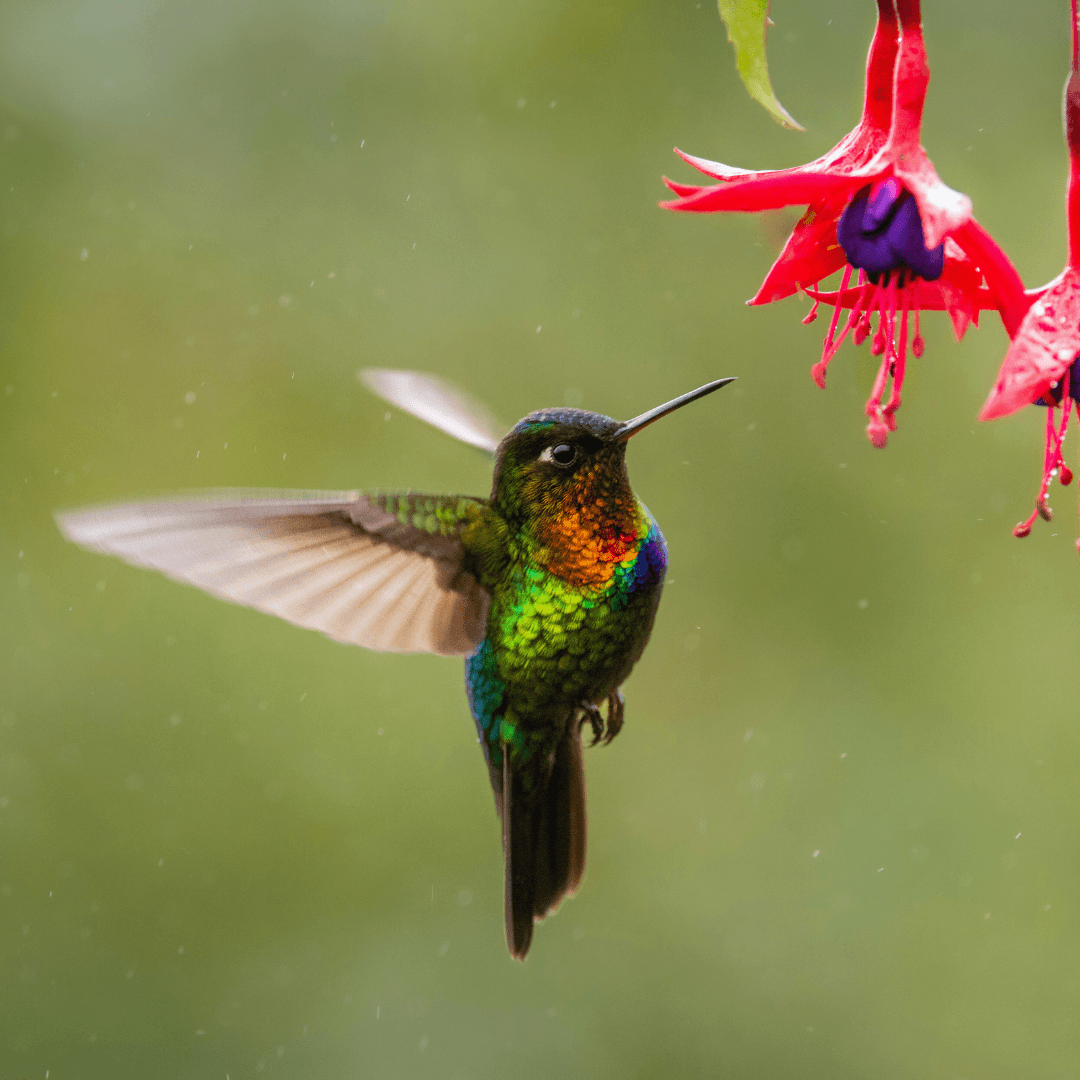
4. Resplendent Quetzal (Pharomachrus mocinno)
While not a hummingbird, the Resplendent Quetzal is worth mentioning due to its iconic status and overlapping habitat with many hummingbird species.
This magnificent bird is characterized by its vibrant green plumage, red breast, and long tail feathers.
Found in cloud forests, particularly in Monteverde and Savegre, the Resplendent Quetzal shares its habitat with hummingbirds like the Green-crowned Brilliant and Purple-throated Mountain-gem.

5. Green Hermit (Phaethornis guy)
The Green Hermit is a distinctive hummingbird with a long, decurved bill and a white-tipped tail. Males have a dark green body with a bluish crown, while females are slightly duller.
They are found in humid lowland and foothill forests, particularly in the Caribbean lowlands. Green Hermits are known for their unique foraging behaviour, often visiting a specific sequence of flowers.
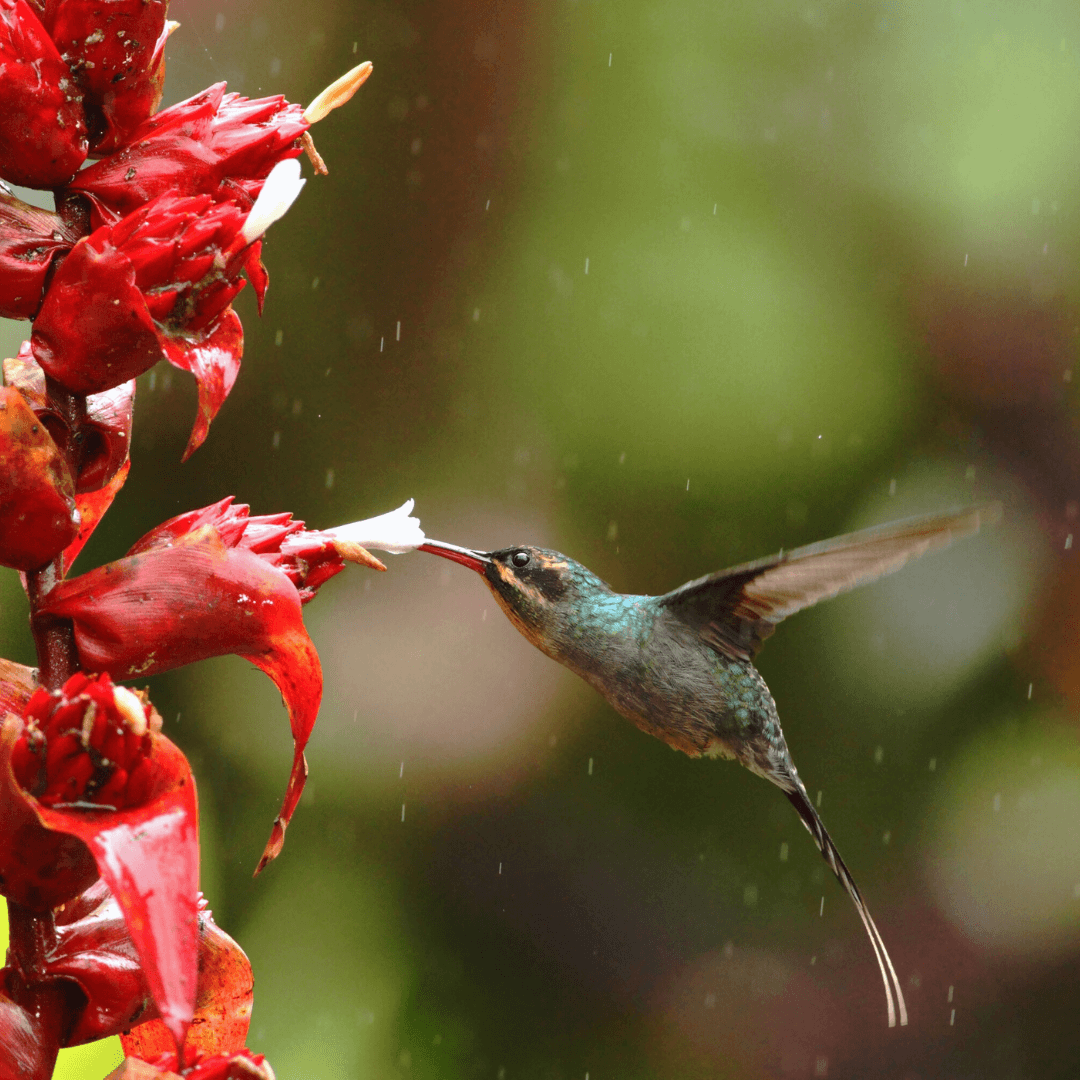
The Role Of Hummingbirds In Ecosystems
Hummingbirds play a pivotal role in the ecosystems they inhabit. Here are some of the key ways they contribute:
1. Pollination
Hummingbirds are essential pollinators for many flowering plants. Their feeding habits involve transferring pollen from one flower to another as they seek nectar, facilitating plant reproduction.
This pollination process is vital for the genetic diversity of plant populations and the production of seeds and fruits that support various other species in the ecosystem.
2. Indicator Species
The presence and diversity of hummingbirds serve as indicators of ecosystem health. Because they are sensitive to changes in their environment, fluctuations in hummingbird populations can signal broader environmental alterations, such as habitat loss or climate change. Monitoring their populations helps scientists understand and address ecological issues.
3. Food Source
Despite their small size, hummingbirds are essential to the food web. They prey on larger birds, snakes, and small mammals, making them crucial to maintaining ecological balance. Their presence supports predator species and contributes to the overall diversity of their ecosystems.
4. Seed Dispersal
Besides feeding on nectar, some hummingbirds consume fruits to aid seed dispersal. Consuming fruits and excreting the seeds at different locations helps propagate various plant species. This seed dispersal is crucial for the regeneration of plant communities and the maintenance of diverse habitats.
Conservation Efforts And Initiatives Of Hummingbirds In Costa Rica
Several initiatives and conservation efforts are taken to protect the habitats of the hummingbirds of Costa Rica, which ensure the survival and thriving of these remarkable birds:
1. Protected Areas
Costa Rica has established numerous national parks and reserves protecting crucial hummingbird habitats. These protected areas, such as Monteverde Cloud Forest Reserve and Braulio Carrillo National Park, provide safe breeding and feeding grounds.
By preserving diverse ecosystems, these areas ensure the survival of various hummingbird species and other wildlife.
2. Habitat Restoration For Puerto Rican Hummingbirds
Conservation organizations and the local community actively conduct reforestation and habitat restoration efforts. Efforts such as planting native trees and restoring degraded landscapes create suitable hummingbird habitats.
These projects benefit hummingbirds and enhance biodiversity and ecosystem health, promoting a balanced environment.
3. Research And Monitoring
Ongoing research and monitoring programs are vital for understanding hummingbird populations and their ecological requirements. Scientists and conservationists collect data on hummingbird behaviour, migration patterns, and population dynamics.
This information informs conservation strategies, helping to develop effective policies and practices to protect hummingbirds and their habitats.
4. Eco-Tourism
Responsible eco-tourism plays a significant role in supporting conservation efforts. Birdwatching tours and nature lodges attract tourists who contribute financially to conservation initiatives.
Eco-tourism also raises awareness about the importance of protecting hummingbirds and their habitats, fostering a greater appreciation for these birds and their ecological significance.
5. Education And Outreach
Educating the public about the importance of hummingbirds and their conservation is crucial. Schools, community groups, and conservation organizations engage in outreach programs to foster a sense of stewardship and appreciation for these remarkable birds.
Educational programs highlight hummingbirds' ecological roles and the need to protect their habitats, inspiring community involvement in conservation efforts.
FAQ
Q1: What Is The National Bird Of Costa Rica?
In Costa Rica, the clay-coloured thrush, referred to as the “yigüirro” in Spanish, is the national bird.
This bird is culturally significant and celebrated as a symbol of national pride. Its melodious song is often heard throughout the country, especially during the rainy season.
Q2: Where To See Hummingbirds In Costa Rica?
Hummingbirds can be spotted throughout Costa Rica, particularly in habitats with abundant flowers and nectar sources.
Some popular places to see hummingbirds include Monteverde Cloud Forest Reserve, La Paz Waterfall Gardens, and the Hummingbird Gallery in Monteverde.
Additionally, many eco-lodges and gardens across the country offer excellent opportunities for hummingbird watching.
Conclusion
In conclusion, the Hummingbird of Costa Rica is a testament to the country's enriched biodiversity and natural beauty. With their dazzling colours, agile flight, and unique behaviours, these tiny birds captivate and inspire all who encounter them.
By understanding their characteristics, habitats, and the challenges they face, we can appreciate the vital role hummingbirds play in our ecosystems. Conserving efforts guarantee that upcoming generations can still enjoy these extraordinary creatures.
Whether you are a seasoned birder or a casual observer, Costa Rica offers an unparalleled opportunity to experience the magic of hummingbirds in their natural habitat.
I trust you enjoyed this article on the Hummingbirds of Costa Rica: A Comprehensive Guide. Please stay tuned for more inspiring guides, helpful tips, and ideas to help you live closer to nature every day.
Take care!
— JeannetteZ🌿
💬 Your Opinion Is Important To Me
Do you have thoughts, ideas, or questions? I'd love to hear from you. Please leave your comments below or email me directly at Jeannette@Close-To-Nature.org.
📚 More Nature-Inspired Reads
Explore more ways to connect with nature, nurture your pets, and live in harmony with the world around you 🌿

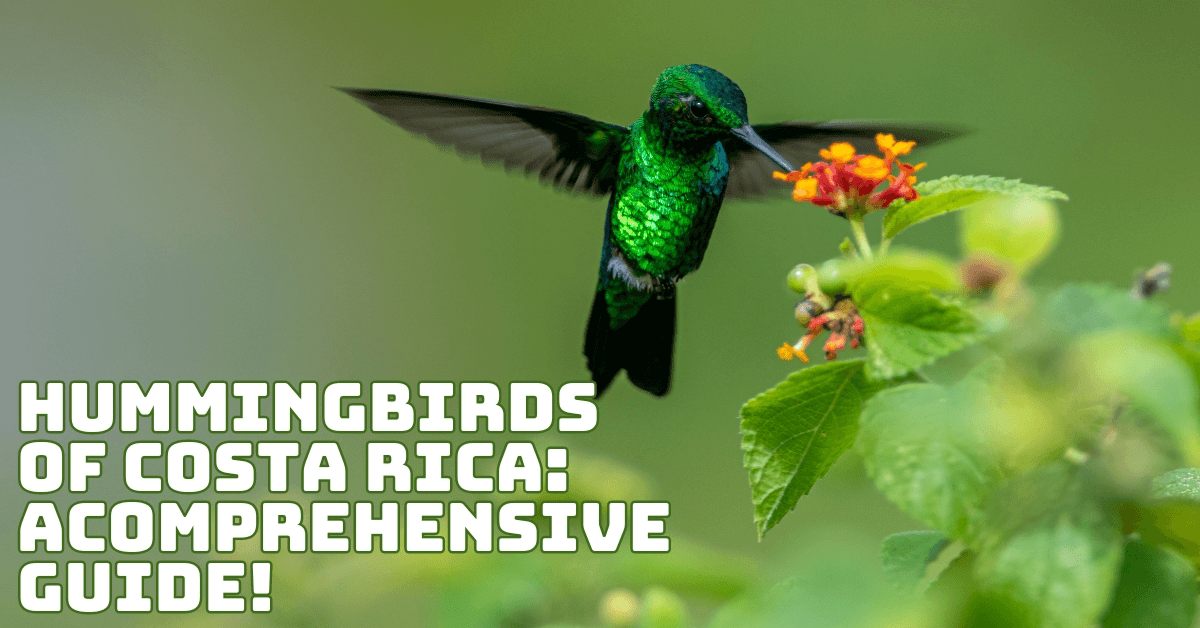
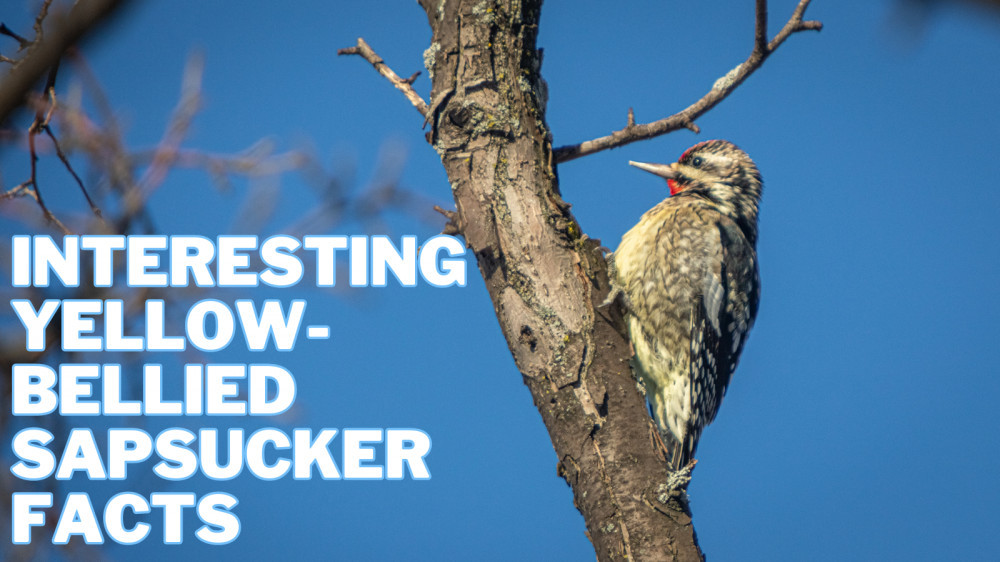



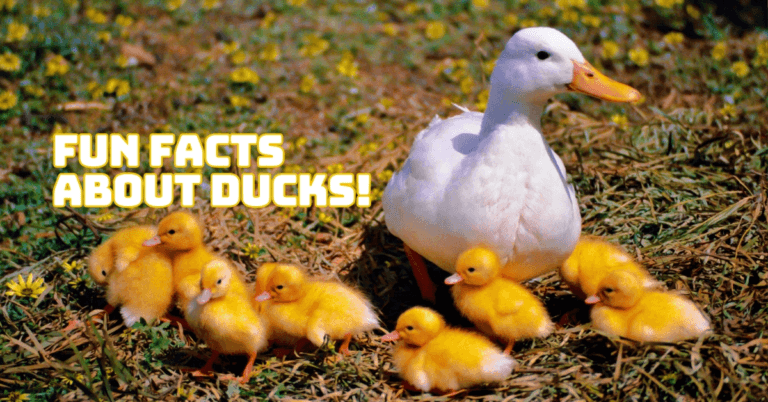

Fascinating, beautifully photographed & packed with information! For all to enjoy & learn!
Thank you very much! I’m happy to hear you enjoyed both the photos and the information — Costa Rica’s hummingbirds are truly magical. 🌸
Take care
JeannetteZ